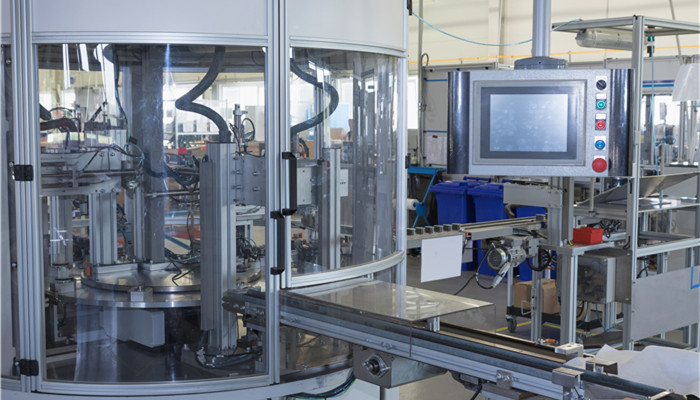
China’s carbon-14 technology has achieved a breakthrough, which may promote the development of the domestic market
Carbon-14 is a radioactive isotope of the element carbon that is produced in nature when cosmic rays strike nitrogen atoms in the air. The carbon-14 nucleus consists of 6 protons and 8 neutrons. Its half-life is approximately 5,730±40 years, and its decay mode is beta decay, in which carbon-14 atoms are converted into nitrogen-14 atoms. Carbon-14 is widely used in agriculture, chemistry, medicine, biology and other fields because of its radioactivity. Among them, adding carbon-14 to pesticides can be used to detect pesticide residues; in the medical field, carbon-14 can be used to detect pyloric screws. Bacterial and pharmacokinetic tests; in environmental testing, carbon-14 can be used for PM2.5 detection.
Although carbon-14 has relatively many uses and involves many important fields related to the national economy and people’s livelihood, such as agriculture and medicine, its usage is relatively small, so its output value is relatively limited. In addition, the production technology is difficult and its production needs to be approved by multiple regulatory authorities, so there are very few manufacturing companies in the world. The carbon-14 needed by the Chinese market basically relies on imports. Not only is the price relatively expensive, but the supply is restricted, and there is a risk of being “stuck.” In recent years, with the development of China’s pharmaceutical, environmental testing, biology and other fields, the demand for carbon-14 has continued to grow, and the import volume of carbon-14 has also increased. According to the released “2022-2027 China Carbon-14 Industry Market In-depth Research and Development Prospects Forecast Report“, in 2021, China’s carbon-14 market is only in the tens of millions, but its extended market reaches billions.
In view of the important uses and market characteristics of carbon-14, China has launched a number of policies. For example, the State Atomic Energy Agency, the Ministry of Science and Technology and other eight ministries and commissions jointly issued the “Mid- and Long-term Development Plan for Medical Isotopes (2021-2035)”, which proposed that by 2025, medical isotopes Breakthroughs in key isotope technologies have been achieved; in 2035, China’s isotopes will go global. With the strong promotion of policies, Qinshan Nuclear Power, a subsidiary of CNNC, has become the first unit in the world to break through the technology of commercial reactor manufacturing carbon-14. It is expected to provide domestic carbon-14 in 2024, and can basically meet the domestic market demand, reducing the need for imported carbon-14. Product dependence. In the future, with the development and maturity of technology, China’s carbon-14 production capacity will be enhanced, and domestic carbon-14 may emerge in the international market.
Analysts believe that China is a country with a large population, and as the aging population increases, medical demand and medical research and development activities increase, driving medical use With the expansion of the carbon-14 market in various fields and the growth of carbon-14 demand in agriculture, chemistry and other fields, the carbon-14 market will usher in good development opportunities. The development of China’s increasingly mature nuclear technology will provide support for the expansion of the isotope product market, including carbon-14, and promote the localization and independence of isotope products. In the future, the combination of huge demand market and technology will promote the healthy development of the carbon-14 industry.

 微信扫一扫打赏
微信扫一扫打赏

